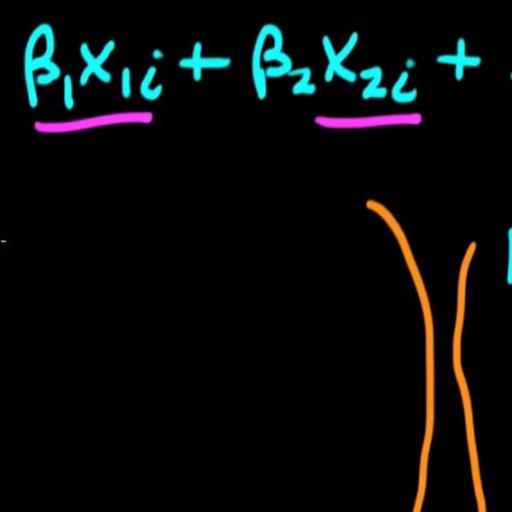Since 1967 the Organisation for Economic Co-operation and Development (OECD) has published semi-annual forecasts of economic activity in its seven largest member countries Canada, France, Germany, Italy, Japan, the UK and the USA. These forecasts, the last years extended to include all country members of the Organisation, covering the major components of demand and output, inflation and the balance of payments. According to Llewellyn J. and Arai H.,(1984) the OECD aims to "produce an integrated set of internationally consistent country forecasts, taking into account the linkages between economies". Across the years the forecasting methods employed by the OECD have evolved from the systematic but relative informal "pooling or confronting" of member country forecasts first dubious by Mc Mahon (1965) to a current large INTERLINK system of formal macroeconometric models which ensures consistency in forecasting world trade flows, capital flows and domestic economic developments. Llewellyn J. and Arai H.,(1984) explain the structure of INTERLINK and how the system is used for forecasting. OECD forecasting techniques are usually summarised in the Technical Appendix to each issue in the OECD Economic Outlook. Details of relevant research appear from time to time in the OECD Economics and Statistics Department's Working Papers and Occasional Studies, for example: Richardson P. (1988), Artis M.J (1988), Ballis B, (1989), Barrionuevo M, (1993) and Koutsogeorgopoulou V, (2000).
The OECD publishes its forecasts twice a year in the June/July and December issues of OECD Economic Outlook making available one-two and three step ahead forecasts. The forecasts cover the current and the next calendar years. Although a lot of attention has been paid to analyse the performance of these one-two and three step ahead OECD forecasts using standard forecasting performance measures1 little has been done to analyse the diachronic relationships between these forecasts and the actual data. Well used forecasts error measures, such as the mean square forecasts error and other ‘traditional’ forecasting criteria, do not provide always a reliable basis for forecasts evaluation and comparison of forecasting methods. For empirical evidence on this, see Armstrong S. and Collopy F. (1992).
In this paper using Greek data we analyse the diachronic relationship between the actual data and the one-, two- and three-step OECD forecasts, aggregate demand and output, GDP Implicit Price Deflator ,investment ,imports and exports of goods and services, all at 1995 constant prices. The assessment provided here differs in approach from earlier assessments, but its purpose is similar. Among some ‘traditional’ forecasting performance measures, a polynomial distributed lags model (Almon S. 1965), is used to measure the diachronic adjustment process between the actual data and the forecasts supplied by OECD the last 27 years. Some Monte Carlo results are applied in order to prove that the suggested forecasting evaluation criterion is additional to the ‘standard’ or ‘traditional’ forecasting evaluation criteria.







